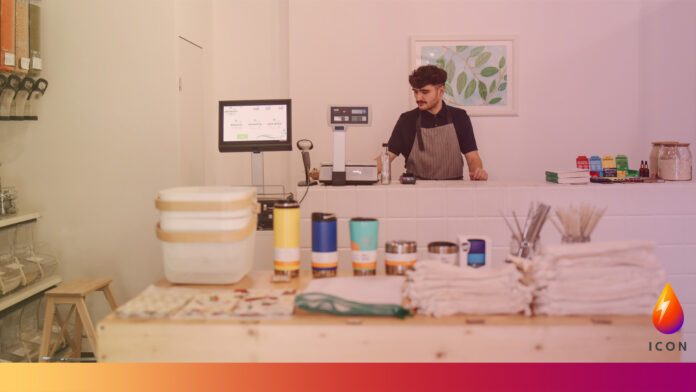Labelling of plastic products needs a drastic overhaul including a new “sustainability scale” to help consumers, according to researchers.
In a recent paper, a team of experts led by the University of Exeter suggest a new internationally applicable labelling system that moves focus from recyclability to sustainability, is specific to the country and region of purchase and informs the public about plastic additive content.
Stephen Burrows, whose research is funded by QUEX Institute, a partnership between Exeter and Queensland, commented: “We need to empower consumers to make more sustainable choices,
“Instead of ‘yes-no’ recycling labels, which are often misleading, a ‘sustainability scale’ could take account of recyclability but also other factors such as the environmental cost of production and potential human health risks from additives.
“Requiring packaging to carry region-specific directions for disposal would shift responsibility away from consumers and towards regulators and plastic producers.
“This is vital because the mix of plastic products is so complex and confusing, industry must be responsible for clear, accurate and accessible instructions on how best to dispose of plastic items.
“The same is true for the chemical additives found in many plastics. These chemicals are added to plastics to give them certain properties such as colour, flexibility and fire resistance.
“Requiring producers to list all additives would be a major step towards informing the public and helping them make decisions regarding environmental impact and human health.”
The researchers stress that their recommendations should not detract from the urgent need to use less plastic – especially single-use items.
Professor Tamara Galloway, from the University of Exeter, said: “Our recommendations for a sustainability scale are designed to reduce some of the confusion around plastic disposal.
“The ultimate aim is to protect the environment and human health from the harmful effects of plastic waste.”
At present, about 368 million tonnes of plastic is produced worldwide each year.
Estimates of recycling rates vary dramatically. For example, Germany recycles 62% of its plastic waste – well above the European average of 30%.
Meanwhile, China recycles an estimated 25%, while the figure in the USA is just 8%.
Piers Townsend, PhD Researcher from the Centre for Sustainable and Circular Technologies at the University of Bath, commented: “Due to a lack of clarity, the current approach to labelling plastic needs to be improved upon.
“To ensure the consumer can make environmentally friendly decisions in line with the circular economy, plastic materials should include an easy to understand sustainability scale.”
Dr Matthew Grayson, Senior Lecturer in the University of Bath’s Department of Chemistry, added: “It is commonly assumed that recyclability completely determines sustainability, but this isn’t the case. It is vital that we provide clear information on plastic sustainability, disposal, and additive content to the end-user.”
Speaking about consumer confusion, Burrows gave the example of PLA (polylactic acid) bioplastic single-use coffee cups.
Many such cups are now labelled as recyclable and compostable – but these are separate processes.
Depending on the composition of the cup, it might be recyclable, but it depends on whether local facilities are equipped to process PLA. So it may not be suitable for your recycling bin.
It might also be compostable – although many such cups can only be broken down in an industrial composter (not in a garden compost heap). So if thrown in general waste, it will end up as more plastic in landfill.
“If someone uses one of these cups then sees a green recycling bin and a ‘general waste’ bin, where should they put it?” Burrows stated.
“Most people don’t know, and in fact the answer may depend on several factors not usually indicated.
“Our suggestions for a new labelling system based around a sustainability scale are designed to tackle this confusion.”
“The message on the bottle: Rethinking plastic labelling to better encourage sustainable use” is published in the journal Environmental Science and Policy.
